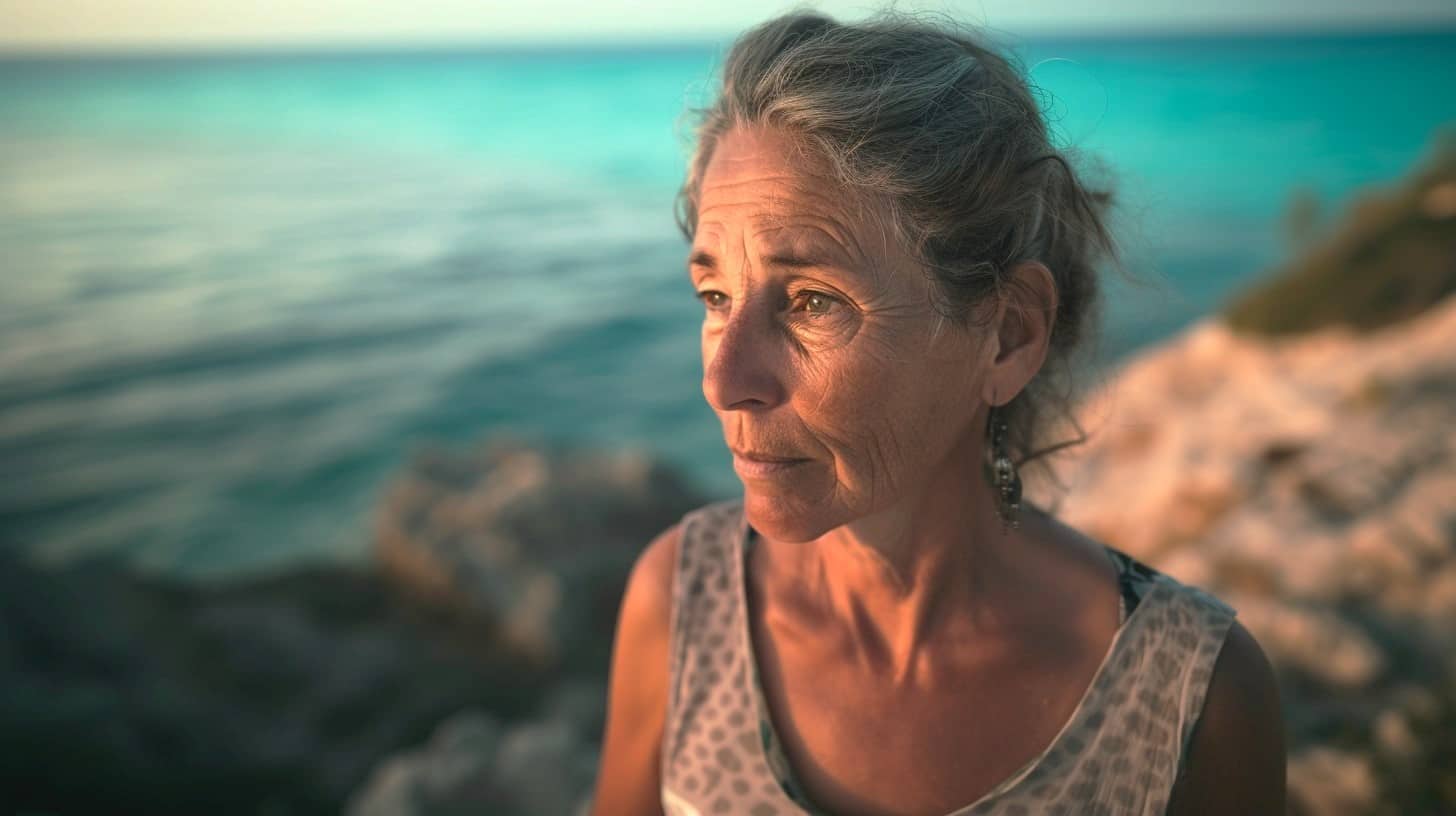In a flight of imagination, ALIX NORMAN asks AI to imagine what the places of Cyprus would look like as humans
If Limassol was human, what would we see?
For centuries, artists have drawn on imagination to produce just such works. As early as 4,000BC, the ancient Egyptians portrayed the River Nile as a bounteous human figure. In the 1600s, Rubens painted The Four Continents as people. And countless artists have depicted England’s longest river as Father Thames.
But all of these are a specific artist’s interpretation. They’re drawn from one person, one mind.
Today, we can go a lot further. With the advent of AI, we can now combine our entire collective understanding of one place and transform our knowledge into a human figure.
- Kyrenia
- Ayia Napa
- Paphos
- Nicosia
- Limassol
- Varosha
- Troodos
- Larnaca
This isn’t a representation of the physical characteristics of the area. Rather, it’s a distillation of the world’s perception: our understanding of each place in human form. Using large Language Learning models such as ChatGPT, we can scrape the internet to create a succinct description of what Nicosia, Troodos, or Larnaca might look like were they human. And then, we can actually generate that image.
First, we asked AI to analyse its repository of digital information to develop a human description. Then, we used an image generator to turn these descriptions into photos. And finally, we spoke to Antigone Heraclidou, a historian who specialises in Cyprus’ cultural heritage.
It’s certainly not a foolproof process.
A lot depends on the AI platforms you use. If you generated 20 descriptions and 20 corresponding photos, each would be slightly different. And one person’s view, no matter how expert, is subjective. Nevertheless, it’s still an interesting exercise…
NICOSIA
“This is definitely a depiction of a city that’s growing old,” says Antigone. “It’s unsurprising that AI chose a white, middle-aged male to represent our seat of governance; traditionally, it’s been men who hold Cyprus’ most powerful positions. Why, I wonder, is he not looking straight at the camera? Nicosia has certainly been embroiled in a number of transparency scandals; is there guilt in his gaze?”
LIMASSOL
“Wealth, youth, business, innovation – this is exactly what we would expect,” says Antigone. “Limassol has always been a place of firsts: at the start of the 19th century, it was known for its press, its intellectuals, its athletes. To me, this image reflects the city’s connection with foreign investors, businesses, wealthy tourism and large foreign communities – from the Middle Ages, the city has been a melting pot of nationalities.”
PAPHOS
“Ah! Here we see the first woman,” says Antigone. “This is unsurprising, given that Paphos has long been associated with the cult of Aphrodite. I suspect the age and gaze indicate an ancient civilisation, looking to the past. Like Limassol, the character could well be foreign: perhaps AI is picking up on the expat population?”
LARNACA
“To me, this is the most interesting depiction,” Antigone reveals. “The character is definitely Cypriot. She looks educated, intelligent, down-to-earth. At the start of the 19th century, Larnaca was where the first consulates were established; there was a strong arts scene. But when the colonists moved to Nicosia, Larnaca lost momentum. I feel this depiction speaks of promise – Larnaca is looking to the future once more.”
AYIA NAPA
“This is perhaps the most stereotypical imagining,” smiles Antigone. “We’re seeing a depiction of youth, of fun. It suggests that AI is heavily weighting more recent information – just 50 years ago, when Ayia Napa was a small fishing village, this is not the character we would have seen.”
TROODOS VILLAGES
“Here, we see an elderly man, which fits with the exodus of youth from the mountain villages. But we’re also getting a feeling of something mystical. And I think that’s fascinating, because many of Cyprus’ most important myths and legends came out of the mountains.”
KYRENIA
“Oh! This depiction has stopped time,” says Antigone. “We’re getting Kyrenia before 1974 – look at the age of the photo, and the clothing. This typifies not the present city, but its carefree past. I wonder,” she adds, “if AI has picked up on the name: nowadays, those who live there refer to the town as Girne. Kyrenia is what it would have been universally called in the past.”
VAROSHA
“This is definitely a reflection of a ghost town,” Antigone suggests. “Before 1974, Varosha was a buzzing, cosmopolitan place; the region had its own public library and gallery; many hotels. It was a city rich in culture, a dream destination. But this depiction gives us a half-hidden character; a shadowed, frightened woman looking away from us, into the past. As a historian, I can see the parallels that AI has drawn. As a person, I find it haunting.”















Click here to change your cookie preferences